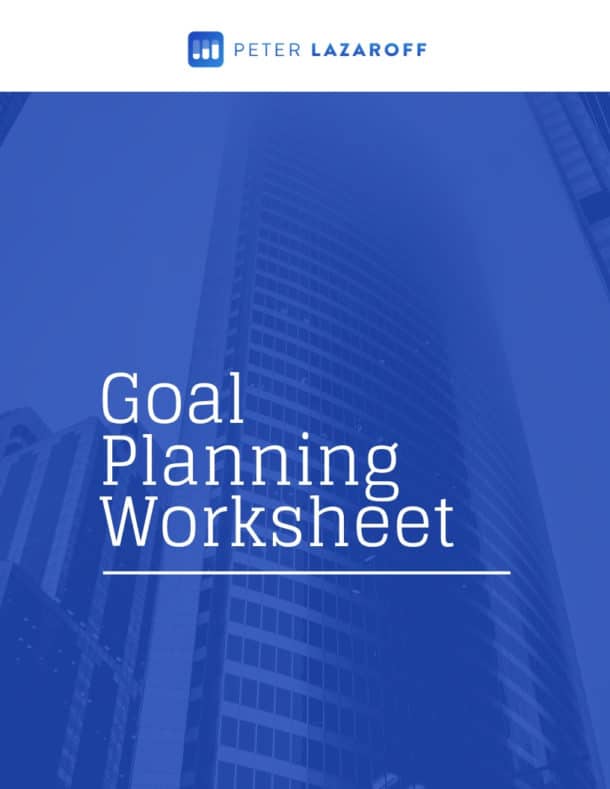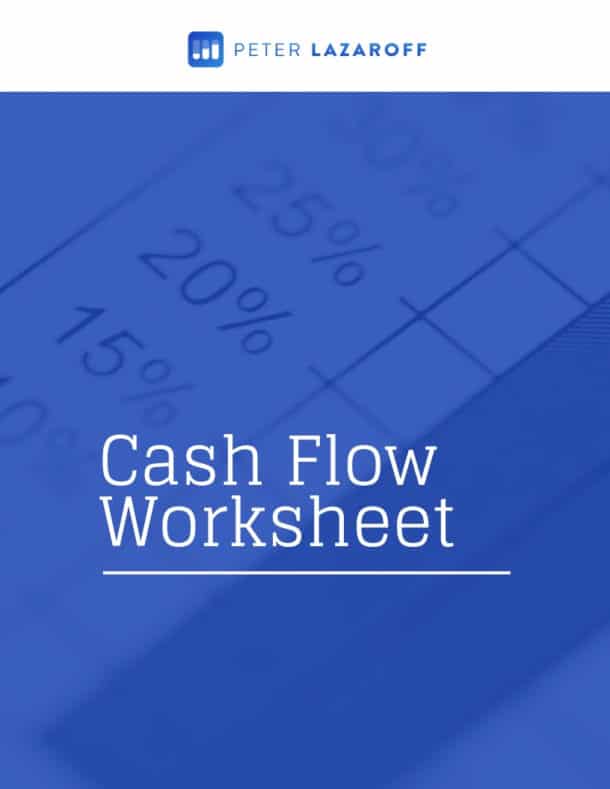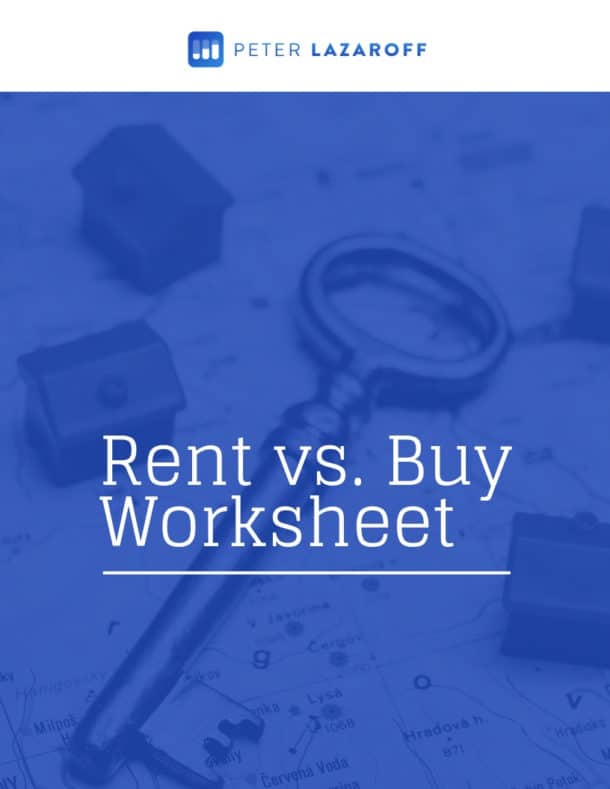The national debt is always a hot topic, particularly when the country bumps up against the debt ceiling.
Information from the media is often incomplete or biased, so it’s hard to understand what the implications are for investors.
Listen now and learn:
- How the debt ceiling works and what to expect in the future
- What the growing U.S. national debt means for investors
- Investment implications for the long-term investor
Episode
Show Notes
One of the big news stories for markets recently has been when and how Congress would agree on an extension or suspension of the nation’s debt ceiling. Fortunately, a short-term agreement was reached on October 7, 2021 that raises the US borrowing limit into December and temporarily avoids a situation where our country defaults on its debt. But, the agreement is such that we can expect another show down in just a few months.
In today’s episode, I want to explain the history and purpose of the debt ceiling while also taking a look at the country’s overall debt burden and what that means for investors.
The debt ceiling was instituted in 1917 to provide more flexibility to finance the United States’ involvement in World War I. Prior to the debt ceiling, Congress directly authorized each individual debt issued.
Can you imagine if today’s Congress had to approve every single Treasury bond issuance?
Treasury securities are offered multiple times a week, so naturally, it would be a nightmare to keep our government-funded.
The Second Liberty Bond Act of 1917 removed the need for the individual approval of each bond issued, but it also introduced limits to the total amount of money the United States government could borrow to meet its existing legal obligations.
The debt ceiling is the total amount of money that the United States government is authorized to borrow to meet its existing legal obligations.
Those obligations include paying interest on the national debt, Social Security and Medicare benefits, military salaries, tax refunds, and other payments for the continuation of public good and services.
The debt ceiling is different than the budget, which Congress passes every year.
The budget includes spending on these items I’ve just mentioned as well as many others.
Congress also taxes people to pay for all that spending. In years where government spends more than it takes in from taxes and other revenue, it increases the federal deficit, so the government needs to borrow money to continue paying out what Congress has already OK’d.
The debt ceiling does not have anything to do with authorizing new spending commitments – that’s the budget. The debt limit simply allows the government to finance legal obligations that Congresses and presidents of both parties have made in the past.
Two Bills Congress Is Considering
Today, there are currently two massive bills Congress is considering.
- A bipartisan infrastructure package that includes more than $1 trillion in spending on roads, bridges, rail, public transit, the electrical grid, broadband expansion and more — this has been approved by the Senate and is poised for approval in the House.
- The second is a more complicated $3.5 trillion bill that focuses on expanding Medicare, addressing climate change, and boosting social programs. That bill, which includes both corporate and individual tax increases, will likely have to be significantly downsized to win the support of moderates in the Senate.
These spending bills are separate from the debt ceiling, but the debt ceiling has recently been getting tangled in the negotiations because it’s a source of leverage – and even the tiniest shred of uncertainty about the country paying its legal obligations has seemingly contributed to the recent market volatility.
That’s not unusual – previous debt ceiling battles have also sparked market volatility whenever there has been uncertainty about when and how Congress will act.
While anxiety is increasing as the two political parties dig in, it is also true that Congress has never failed to raise the debt ceiling before the country went into default.
Since 1960, Congress has acted 78 separate times to permanently raise, temporarily extend, or revise the definition of the debt limit – 49 times under Republican presidents and 29 times under Democratic presidents.
I mention the presidency history there as a reminder that our country’s borrowing funds decisions made from prior Presidents and members of Congress, not just the decisions by those currently holding those positions.
That’s a really important piece of information that often gets twisted and misrepresented to the public.
“Voting to increase the debt limit has become politically difficult for lawmakers, both Democrats and Republicans, because it is often seen as a vote for more spending that can be used in campaign ads against them.”
But make no mistake, Congress knows that the real-world effects of not being able to pay its bills would be catastrophic, and that’s why they’ve never failed to raise the debt ceiling regardless of the president or party make-up in Congress.
An actual default would seemingly create chaos in global financial markets since both domestic and international markets depend on the relative economic and political stability of U.S. debt instruments and the U.S. economy.
The United States defaulting on its credit is uncharted territory, so I don’t want to go down the full draconian chain of events that might occur in such a scenario because it is extremely unlikely we would reach that point since Congress seems well aware of the economic shocks would be unprecedented.
But even the perceived threat of a default on our debt could have serious negative economic implications.
The Government Accountability Office (GAO) estimated that the 2011 debt ceiling standoff raised borrowing costs by a total of $1.3 billion in Fiscal Year (FY) 2011, and the 2013 debt limit impasse led to additional costs over a one-year period of between $38 million and more than $70 million.
What Does the Debt Ceiling Situation Mean For Investors?
The debt situation means near-term volatility should be expected, and because it’s expected, there’s no reason to panic.
We can’t reasonably predict how this all plays out, nor can we predict how the overall market will react to the outcomes.
Thinking back to the 2011 standoff where it was starting to look like Congress wouldn’t reach an agreement, the S&P 500 dropped nearly 20% and (if I remember correctly) the rebound started right when S&P downgraded our debt – the type of headline you might look at and think things are really about to get out of control.
The 2011 debt ceiling standoff is a great example of the difficulty in not only predicting the outcome of future events, but also in predicting how the market reacts to those outcomes.
If you go back just a few episodes to listen to Episode 14 “How Markets Work,” I think this episode provides a lot of perspective on how unlikely you would be in a better position from any change you make to your portfolio due to the debt ceiling or our nation’s growing debt than if you simply stay the course with your long-term plan.
With debt ceiling debates likely to surface again in a few months, the long-term investor should continue to adhere to a strategy that accepts that markets are volatile and downturns are unpredictable, so it’s better to focus on what you can control and stay the course with your long-term plan.
The Economics Of What’s Happening With Our National Debt
Now that we’ve got a handle on the debt ceiling and what it means for investors, I want to turn my attention to our national debt as a whole.
This topic could be its own episode entirely, but I think it’s worth sharing a few thoughts on the $28 Trillion in debt our country has outstanding.
In my experience working with a wide spectrum of people across the country with a diverse set of backgrounds, I find that people making the most noise about our country’s debt either don’t entirely understand it or have a political ax to grind.
Those who know me well know that I don’t really like politics, but I do like economics, so I’m going to give you the economics on what’s going on with our nation’s debt.
Since our country’s birth in 1776, we’ve always been in debt. There was a brief debt repayment in 1835, but the US economy slipped into a depression in 1837 and we quickly went back into debt to offset the loss of tax revenue. But beyond that short window, the national debt has been steadily growing as the needs of U.S. citizens have grown over time.
In a credit-based monetary system such as ours, the U.S. debt level will expand and contract, but it will generally expand as the economy grows and our nation’s balance sheet grows.
I mention our nation’s balance sheet for a very important reason:
Every balance sheet has two sides: assets and liabilities. If we only talk about the country’s $28T liability, then we are leaving out a giant piece of relevant information.
Consider for a moment that the Federal government also owns about 28% of all land in the US. The last estimate for the value of this land was in an April 2015 paper from the Bureau of Economic Analysis, which estimates the total land value is about $23T.
Chances are that this land has appreciated in value over the last 6 years. There’s also one data point in particular for the report that I think is worth pointing out: only 5.8% of the land owned by the U.S. is developed, but that developed land accounts for 50.7% of the total estimated value – so there is a lot of potential here (source).
Meanwhile, The Institute for Energy Research estimates that the total fossil fuel resources owned by the Federal government are valued at over $150 trillion.
Now, I’ll admit that there are flaws in some of these calculations, but I think you get the picture: the U.S. Balance Sheet has some major assets that people don’t always talk about.
And we haven’t even mentioned that the United States also has the ability to tax the most productive private sector in the world.
When you take that taxing ability along with assets of, let’s make up a lower number than the estimates I was sharing, let’s say it’s $100 trillion in assets – would you still say that the $28T in debt is a problem?
I also want to point out that the cost of our country’s debt as a percentage of economic growth (as measured by Gross Domestic Profit or GDP is going down) is declining. As a share of the economy, net interest costs will decline to a low of 1.2% of GDP in FY 2022 and remain at that level through 2025 before rising to 2.6% of GDP by 2031 (source).
I’m not trying to make a case our current national debt levels are good or bad. I’m just trying to put things in perspective. I’ve watched countless investors want to make changes to their portfolio or buy specific investments using the current national debt levels as their investment thesis.
One thing that seems to be true about our existing debt is that there is pretty compelling research showing that when government debt exceeds the amount of economic growth (as the United States has) that the economy grows more slowly, but I must remind you that the economy is not the stock market. The correlation between GDP and stock market returns is basically zero meaning that they aren’t related.
Companies are global and go to wherever the profits will be.
In the end, national debt isn’t necessarily good or bad – it really depends on what the debt is being used for.
Is it making a positive or negative contribution to our lives? Is it contributing to high inflation (not just 3% high, but persistent high single digit or low double digit inflation)?
The government could very well spend money inefficiently or misallocate resources in such a way that there would be a reasonable argument that the government is too big and can be reduced in size.
Are we at that point today?
I honestly have no idea. But we aren’t remotely at a place that a long-term investor should worry about.
Until next week… to long-term investing.
Resources
Get Your Finance Questions Answered
Do you have a financial or investing question you want answered? Submit your question through the “Ask Me Anything” form at the bottom of my podcast page.
If you enjoy the show, you can subscribe wherever you listen to podcasts, and please leave me a review. I read every single one and appreciate you taking the time to let me know what you think.
Until next time, to long-term investing!
About the Podcast

Long term investing made simple. Most people enter the markets without understanding how to grow their wealth over the long term or clearly hit their financial goals. The Long Term Investor shows you how to proactively minimize taxes, hedge against rising inflation, and ride the waves of volatility with confidence.
Hosted by the advisor, Chief Investment Officer of Plancorp, and author of “Making Money Simple,” Peter Lazaroff shares practical advice on how to make smart investment decisions your future self with thank you for. A go-to source for top media outlets like CNBC, the Wall Street Journal, and CNN Money, Peter unpacks the clear, strategic, and calculated approach he uses to decisively manage over 5.5 billion in investments for clients at Plancorp.
Support the Show
Thank you for being a listener to The Long Term Investor Podcast. If you’d like to help spread the word and help other listeners find the show, please click here to leave a review.
Free Financial Assessment
Do you want to make smart decisions with your money? Discover your biggest opportunities in just a few questions with my Financial Wellness Assessment.

















